Growth of Autonomous Vehicles
The emergence of autonomous vehicles is poised to be a transformative force in the Automotive Harness System Market. As vehicles become increasingly automated, the need for sophisticated wiring harnesses that can support a multitude of sensors and communication systems becomes paramount. These harnesses must be designed to handle complex data flows and power requirements associated with autonomous driving technologies. Market forecasts suggest that the autonomous vehicle segment will witness substantial growth, potentially doubling its market share in the next decade. This trend indicates a burgeoning opportunity for the Automotive Harness System Market to innovate and develop harness solutions tailored for the unique demands of autonomous vehicles.
Rising Demand for Electric Vehicles
The increasing adoption of electric vehicles (EVs) is a primary driver for the Automotive Harness System Market. As manufacturers pivot towards electrification, the complexity of wiring harnesses has escalated. EVs require advanced harness systems to manage high-voltage batteries and electric motors, which are distinct from traditional internal combustion engines. This shift is reflected in market data, indicating that the EV segment is projected to grow at a compound annual growth rate (CAGR) of over 20% in the coming years. Consequently, the Automotive Harness System Market must adapt to these evolving requirements, ensuring that harnesses are not only efficient but also capable of supporting the sophisticated technologies embedded in modern EVs.
Regulatory Standards and Safety Requirements
Stringent regulatory standards and safety requirements are pivotal in shaping the Automotive Harness System Market. Governments worldwide are implementing regulations that mandate enhanced safety features in vehicles, which directly impacts the design and functionality of wiring harnesses. For instance, harnesses must now accommodate additional safety mechanisms, such as enhanced insulation and fire resistance. This regulatory landscape is expected to propel the market, as manufacturers strive to comply with these evolving standards. Data indicates that the automotive safety market is projected to grow significantly, thereby increasing the demand for compliant harness systems. Consequently, the Automotive Harness System Market is likely to experience growth driven by these regulatory pressures.
Technological Advancements in Automotive Design
Technological innovations in automotive design are significantly influencing the Automotive Harness System Market. The integration of smart technologies, such as advanced driver-assistance systems (ADAS) and infotainment systems, necessitates more intricate wiring solutions. These systems demand high-performance harnesses that can handle increased data transmission and power requirements. Market analysis suggests that the demand for harness systems that support these technologies is expected to rise, with a notable increase in the complexity of designs. As a result, manufacturers are compelled to invest in research and development to create harness systems that meet these advanced specifications, thereby driving growth in the Automotive Harness System Market.
Shift Towards Sustainable Manufacturing Practices
The automotive industry is witnessing a shift towards sustainable manufacturing practices, which is influencing the Automotive Harness System Market. Manufacturers are increasingly focusing on reducing their carbon footprint and utilizing eco-friendly materials in the production of wiring harnesses. This trend is driven by consumer demand for greener vehicles and regulatory pressures for sustainability. Market data suggests that the use of recyclable materials in automotive components is expected to rise significantly, leading to a transformation in harness production processes. As a result, the Automotive Harness System Market is likely to adapt by incorporating sustainable practices, thereby aligning with broader environmental goals and enhancing its market appeal.


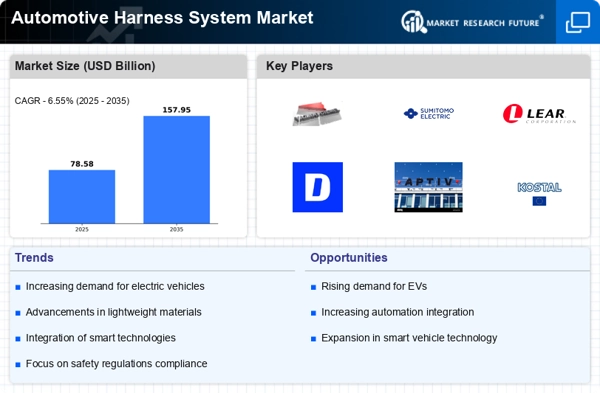
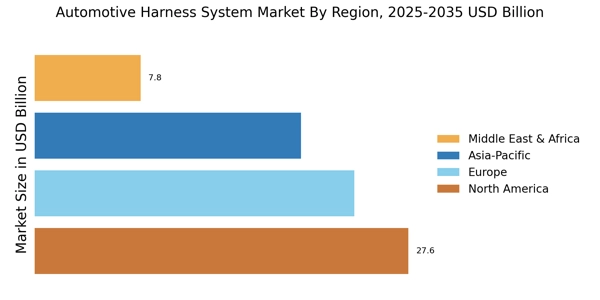

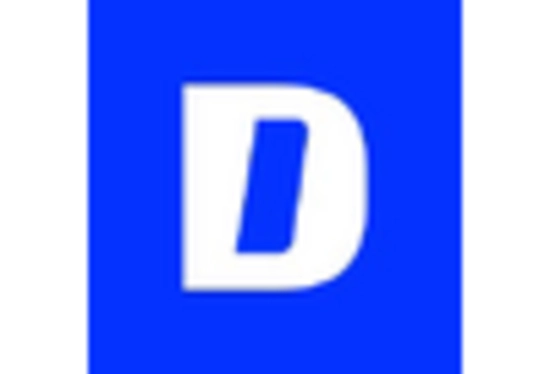
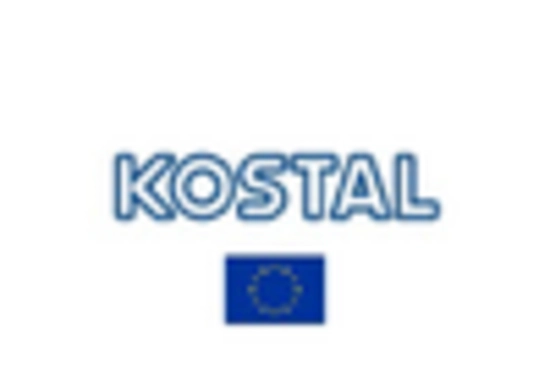
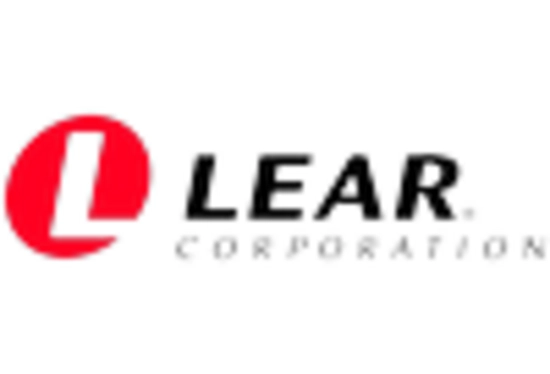
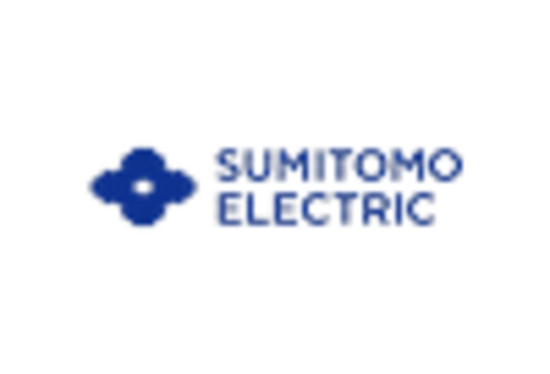
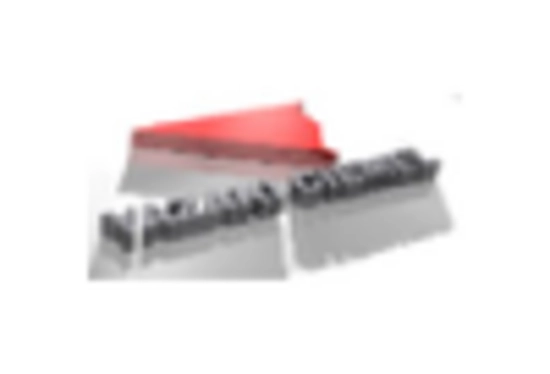








Leave a Comment